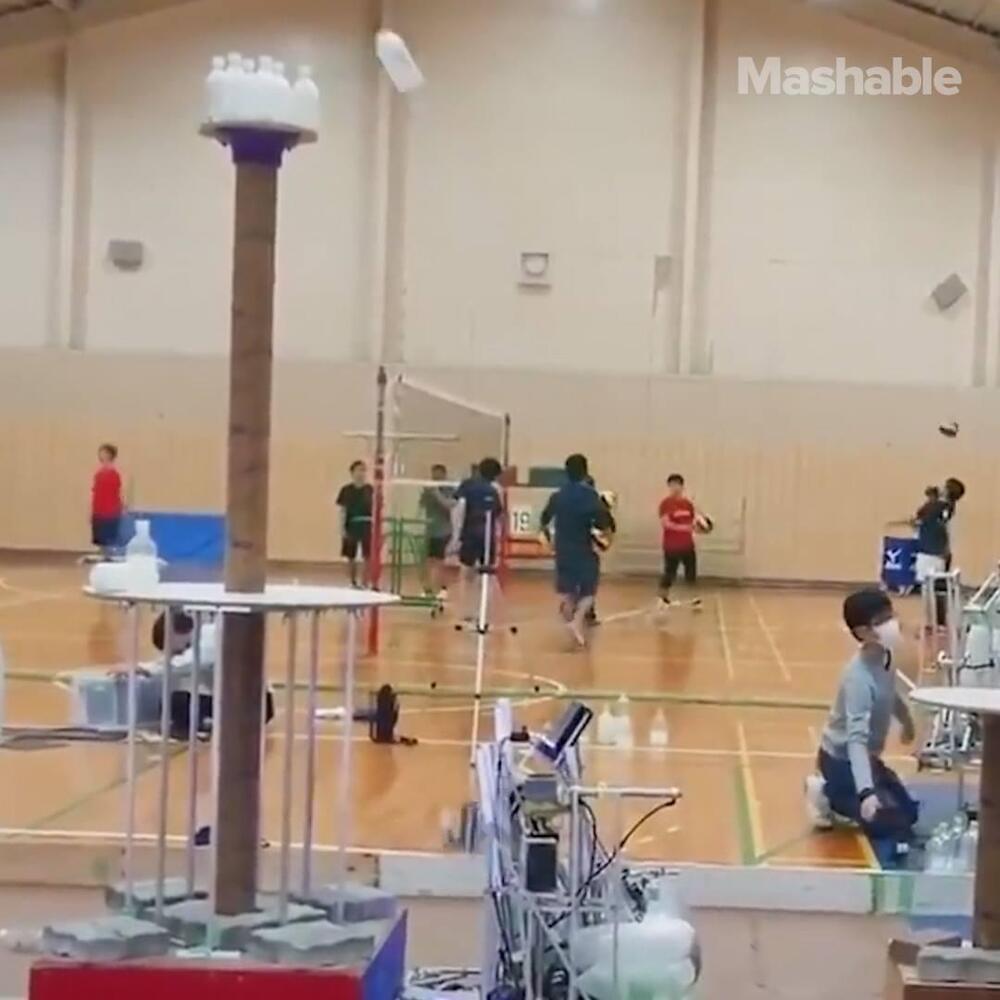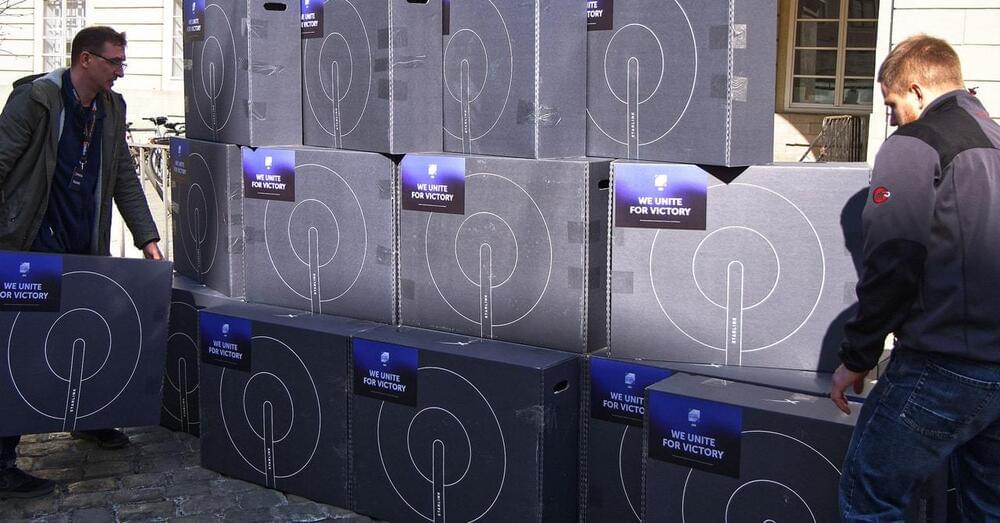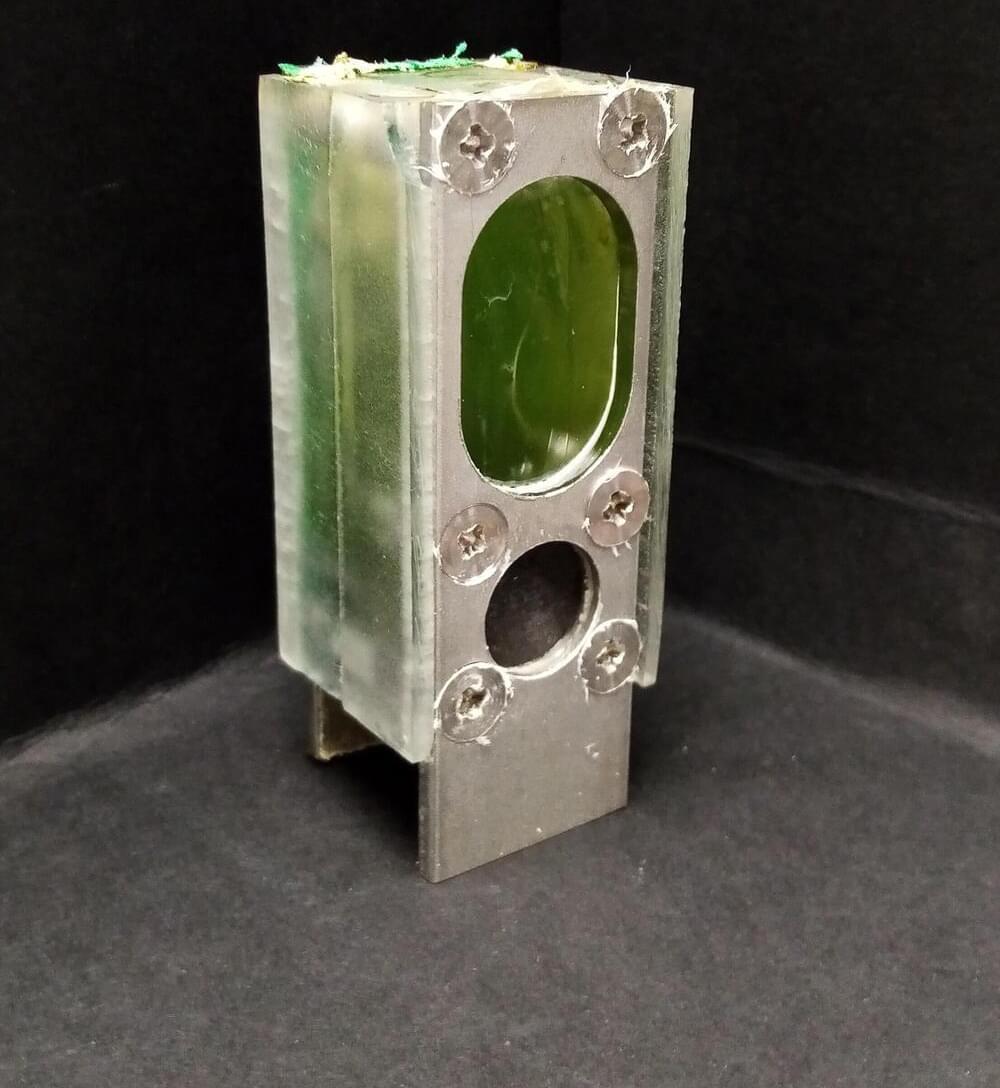The reason the Falcon Heavy hasn’t flown in about 3 years is that the Falcon 9 ended up having about twice the capacity that was planned for and so the Falcon 9 took away many missions from the Falcon Heavy. (There will finally be some more Falcon Heavy missions later this year…)
Anyway, SpaceX has again increased the capacity of the Falcon 9. They have changed certain timings during flight like igniting the MVac engine a few seconds earlier than on other missions and are separating the fairing closer to stage separation to shed dead weight earlier in the flight.
Additionally, SpaceX is loading propellants on the rocket at slightly lower temperatures than usual in order to pack more of them into the tanks and increase the amount of Starlink satellites the Falcon 9 can put into orbit.
SpaceX has launched its twentieth Falcon 9 rocket of the year with a batch of Starlink satellites to Low Earth Orbit (LEO) on the Starlink Group 4–15 mission. Liftoff occurred on Saturday, May 14 at 4:40:50pm EDT (20:40:50 UTC) from Space Launch Complex 40 (SLC-40) at Cape Canaveral Space Force Station (CCSFS) in Florida.
The Falcon 9 for this mission was of special interest as it uses a new booster, B1073-1, something not seen until now on a Starlink mission.








